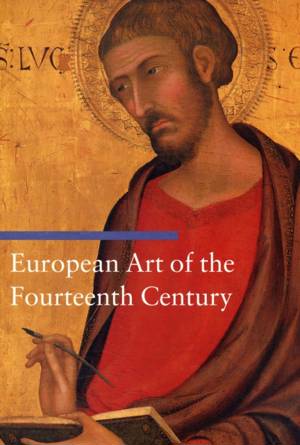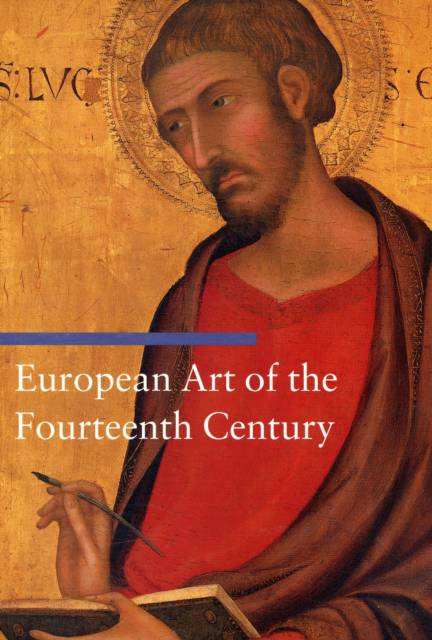
- Afhalen na 1 uur in een winkel met voorraad
- Gratis thuislevering in België vanaf € 30
- Ruim aanbod met 7 miljoen producten
- Afhalen na 1 uur in een winkel met voorraad
- Gratis thuislevering in België vanaf € 30
- Ruim aanbod met 7 miljoen producten
Zoeken
Omschrijving
Fourteenth-century Europe was ravaged by famine, war, and, most devastatingly, the Black Plague. These widespread crises inspired a mystical religiosity, which emphasized both ecstatic joy and extreme suffering, producing emotionally charged and often graphic depictions of the Crucifixion and the martyrdoms of the saints.
While the great boom of cathedral building that had marked the previous century waned, cathedrals continued to serve as the centers of religious life and artistic creation. Wealthy patrons sponsored the production of elaborate altarpieces, as well as smaller panel paintings and religious statues for private devotional use. A growing literate elite created a demand for both richly decorated prayer books and volumes on secular topics. In Italy, the foremost Sienese painter, Duccio, sought to synthesize northern, Gothic influences with eastern, Byzantine ones, while the groundbreaking Florentine Giotto moved toward the depiction of three-dimensional figures in his wall paintings.
This third volume in the Art through the Centuries series highlights the most noteworthy concepts, geographic centers, and artists of this turbulent century. Important facts about the subjects under discussion are summarized in the margins of each entry, and salient features of the illustrated artworks are identified and discussed.
While the great boom of cathedral building that had marked the previous century waned, cathedrals continued to serve as the centers of religious life and artistic creation. Wealthy patrons sponsored the production of elaborate altarpieces, as well as smaller panel paintings and religious statues for private devotional use. A growing literate elite created a demand for both richly decorated prayer books and volumes on secular topics. In Italy, the foremost Sienese painter, Duccio, sought to synthesize northern, Gothic influences with eastern, Byzantine ones, while the groundbreaking Florentine Giotto moved toward the depiction of three-dimensional figures in his wall paintings.
This third volume in the Art through the Centuries series highlights the most noteworthy concepts, geographic centers, and artists of this turbulent century. Important facts about the subjects under discussion are summarized in the margins of each entry, and salient features of the illustrated artworks are identified and discussed.
Specificaties
Betrokkenen
- Auteur(s):
- Uitgeverij:
Inhoud
- Aantal bladzijden:
- 384
- Taal:
- Engels
- Reeks:
Eigenschappen
- Productcode (EAN):
- 9780892368594
- Verschijningsdatum:
- 1/02/2007
- Uitvoering:
- Paperback
- Formaat:
- Trade paperback (VS)
- Afmetingen:
- 141 mm x 201 mm
- Gewicht:
- 689 g

Alleen bij Standaard Boekhandel
+ 69 punten op je klantenkaart van Standaard Boekhandel
Beoordelingen
We publiceren alleen reviews die voldoen aan de voorwaarden voor reviews. Bekijk onze voorwaarden voor reviews.











